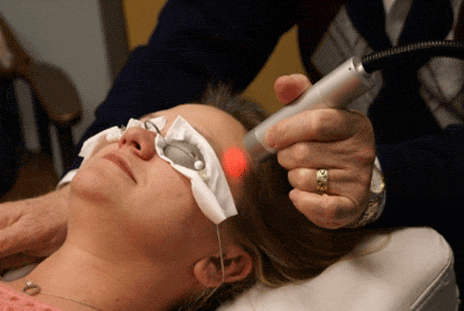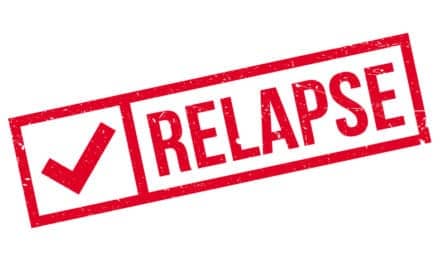A possible treatment for traumatic brain injury (TBI) could be the use of a specific high-powered, near-infrared light (NIR), a new study suggests.
The study was published recently in the journal Neuropsychiatric Disease and Treatment, according to a media release from the Neuro-Laser Foundation.
Study co-authors Theodore Henderson, MD, PhD from the Neuro-Laser Foundation and Dr Larry Morries and Paolo Cassano of Massachusetts General suggest that a specific high-powered, near infrared light (NIR) can possibly re-energize damaged brain cells after penetrating the skin and skull, per the release.
In their study, which occurred from 2011 to 2013, the research team administered 10 transcranial applications of high-power NIR over the course of 2 months to 10 study participants who were diagnosed with chronic mild-to-moderate TBI. Using a Class IV laser and pulsed light, each treatment took less than 60 minutes, the release explains.
Henderson notes in the release that all the patients in the study reported significant clinical improvement in their condition with no negative side effects.
“Patients from the study experienced a significant reduction of their depressive symptoms as demonstrated using standardized depression scales,” Henderson states in the release.
“They all improved dramatically. Headaches, depression, anxiety, insomnia, irritability, mood swings, sleep problems, and relationship problems all resolved. Several unemployed patients returned to work or started new careers,” he adds.
Henderson suggests in the release that NIR light, in the 10-15W range at 810 nm and 980 nm, can safely and effectively treat chronic symptoms of TBI. However, he cautions that low-powered NIR or diode-based infrared light does not penetrate the skin, so not every type of NIR treatment could be as effective as was documented in his study.
[Source(s): Neuro-Laser Foundation, PR Newswire]
[Photo courtesy of the Neuro-Laser Foundation]





